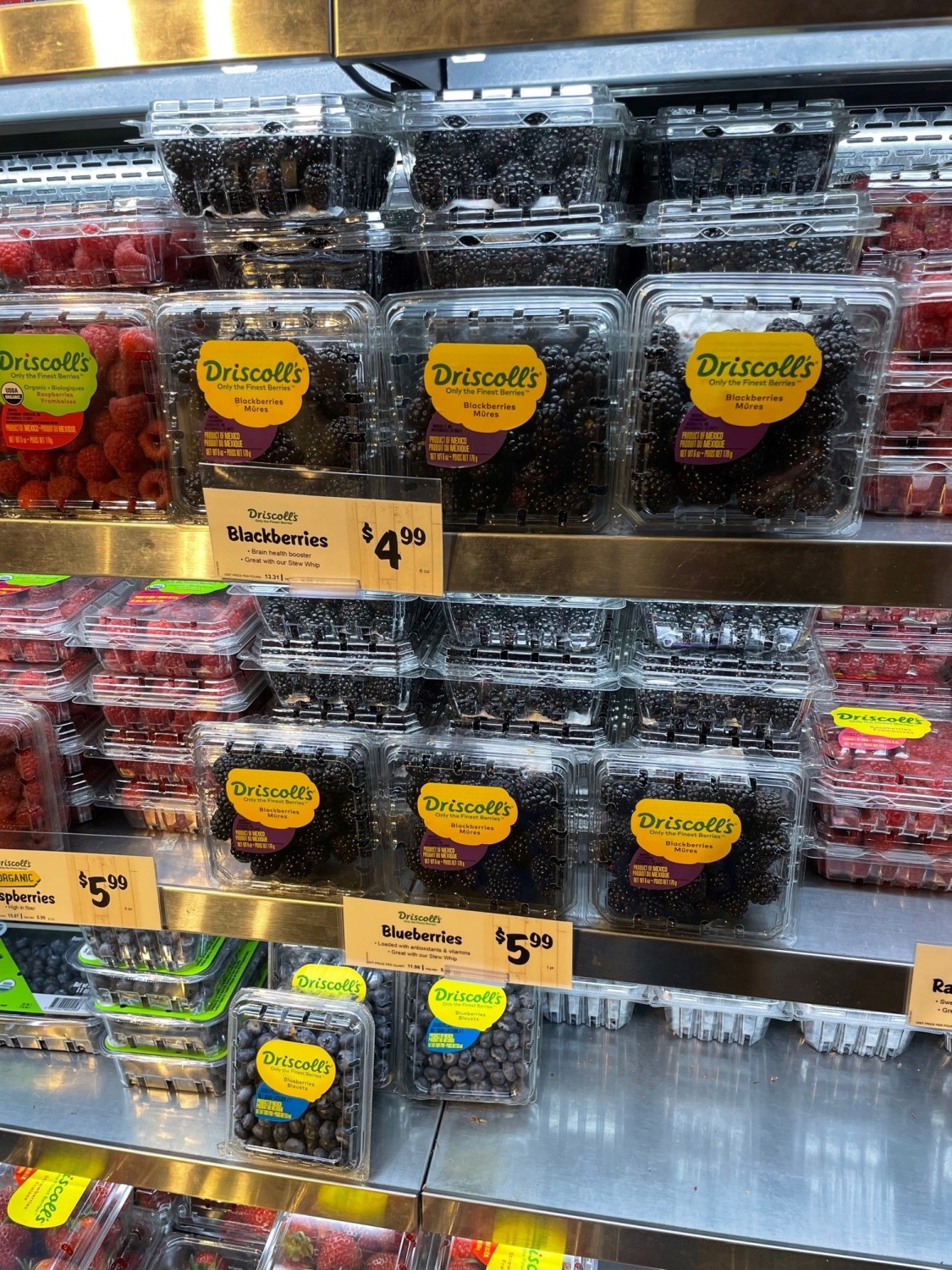At the5th International Agro Plant Ñuble Conference, organised by the Asociación de Viveros de Chile, discussion panels were set up after each thematic block, addressing the cherry, blueberry and hazelnut supply chain, as well as opportunities for the region, and attended by exhibitors and specialists from each sector.
In this context, and collecting questions from the chat in which dozens of people connected from the various Latin American countries participated, a very direct question emerged that put a good topic into the discussion.
PERU HAS GAINED GROUND IN THE EXPORT OF BLUEBERRIES, WHAT IS THE DIFFERENCE BETWEEN CHILEAN AND PERUVIAN PRODUCTS?
Andrés Armstrong, executive director of the Chilean Blueberry Committee, responded first, noting that Peru has the capacity to produce a little earlier than Chile. "Actually the big peak in Peruvian production occurred before the Chilean season, although although its production is maintained throughout the Chilean season their peak precedes our season, "he clarified, so" they have the capacity to produce a higher volume before Chile," he added.
I WOULD SAY THAT ONE OF THE IMPORTANT ADVANTAGES OF CHILEAN BLUEBERRY IS ITS TASTE. IN GENERAL, THE PERUVIAN BLUEBERRY IS LARGER THAN THE CHILEAN IN TERMS OF SIZE, BUT FROM A FLAVOUR POINT OF VIEW I THINK THE CHILEAN HAS AN ADVANTAGE'.
Andrés Armstrong, executive director of the Chilean Blueberry Committee
SIZE AND TASTE
"I would say, from a fruit point of view, that they started later, with more modern and newer varieties. You could say that in general the Peruvian blueberry , in terms of size, is bigger than the Chilean, but from a flavour point of view I think the Chilean has an advantage, Juan (Hirzel) could better explain what happens with day and night temperatures and how this affects the balance between sweetness and acidity of blueberries. I would say that one of the important advantages of the Chilean blueberry lies in its flavour,' he concluded.
CLIMATIC CONDITIONS
Juan Hirzel, researcher at INIA Quilamapu, responded to the question by commenting that 'In fact, when we talk about the production of blueberries in Peru, and make a comparison with what we produce in Chile, in their case they work with evergreen varieties, which are very different from the conditions of our varieties, which have a temperate climate and require cold winter processes to produce certain differentiation processes that are then involved in fruit production,' he commented.
But at the same time, the climatic conditions in Peru generate changes in the physiological behaviour of the plant, which results in a lower accumulation of sugars, and therefore also a lower production of these sugars, and a different balance in terms of the ratio of organic acids to sugars.
Therefore, the organoleptic characteristics of the fruit produced in Peru are very different from those of the fruit produced in Chile, and this allows us to differentiate ourselves in terms of the quality of the fruit we offer to the market. They are products with a very different taste," concluded the INIA researcher.
The question, although simple, provoked good conversation and explanations from the panelists, as was the case with several other topics related to either production, distribution, or markets and the current context caused by the pandemic crisis.
The event included exhibitions on the European cherry, blueberry and hazelnut supply chain, and the challenges and prospects of the sector in general. Blueberries Consulting, in its work to support the development of the Chilean fruit industry, participated as a media partner in this 5th International Agro Plant Ñuble Convention.










